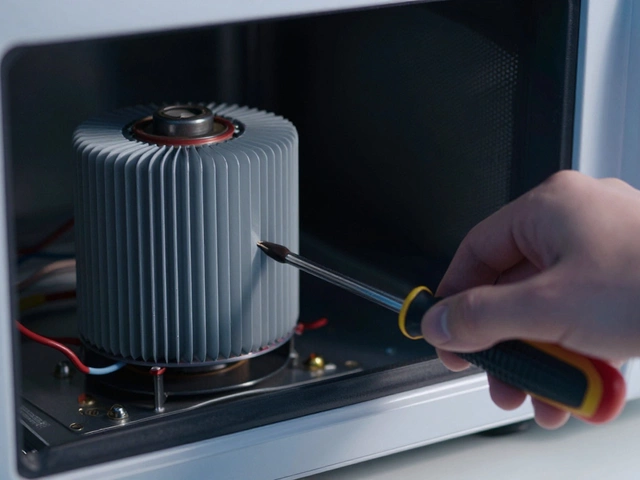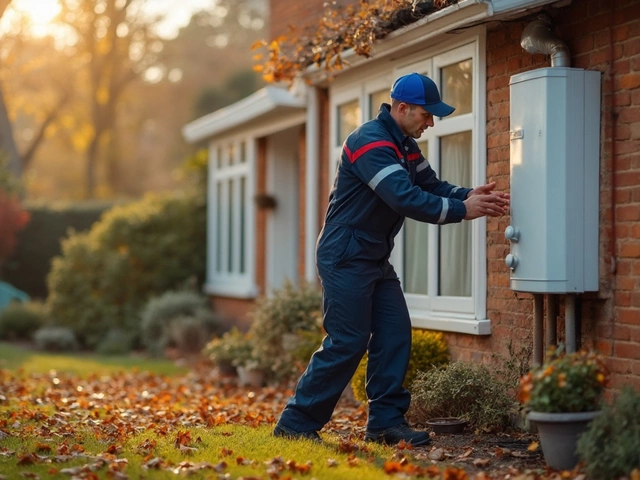If your shower feels lukewarm or your water takes forever to heat up, a build‑up of sediment could be the culprit. Flushing your water heater removes that gunk, improves efficiency, and can extend the unit’s life. The good news? You don’t need a plumber for a basic flush – just a few tools and a bit of patience.
Over time, minerals from hard water settle at the bottom of the tank. Those layers act like insulation, making the heater work harder to reach the desired temperature. The result is higher energy bills, longer wait times for hot water, and eventually, premature wear on the heating element or tank.
Regular flushing (once a year for most homes) keeps the tank clean, maintains consistent heat, and reduces the risk of costly repairs. If you have very hard water, consider flushing twice a year.
1. Gather your supplies. You’ll need a garden hose, a bucket, and a pair of gloves. Turn off the power or gas supply to the heater – electricity at the breaker, gas at the valve.
2. Shut off the water inlet. Locate the cold‑water supply valve on top of the tank and turn it clockwise until it stops. This stops fresh water from entering while you work.
3. Connect the hose. Attach the hose to the drain valve at the bottom of the tank. Run the other end to a safe drainage spot – a floor drain or outside area works best.
4. Open the drain valve. Let the water flow out. You’ll hear a sputtering sound as air replaces the water. Keep an eye on the flow; if it slows, you may need to open the pressure‑relief valve on top to let air in.
5. Flush with fresh water. Once the tank is empty, briefly turn the cold‑water supply back on while the hose is still attached. This will stir up any remaining sediment and push it out. Let the water run clear, then close the supply again.
6. Refill and restart. Close the drain valve, remove the hose, and open the cold‑water supply fully. When water runs steadily from the pressure‑relief valve, the tank is full. Restore power or relight the pilot, then let the heater warm up.
That’s it – a quick, cost‑free way to keep your hot water flowing smoothly.
If you notice rust, a strange smell, or the water still runs cold after flushing, it’s time to call a professional. Those signs can indicate a failing tank or a more serious component issue that needs expert attention.
Remember, regular maintenance saves money and prevents surprise breakdowns. Set a calendar reminder for the next flush and enjoy reliable hot water year after year.

Learn how often to flush your water heater, why it matters, signs it's time, mistakes to avoid, and simple steps to, maintain hot water at home.

Flushing your water heater is an essential maintenance task that can extend its lifespan and improve efficiency. As water heaters age, sediment and minerals build up, potentially leading to costly repairs or irreparable damage. Learn how often you should flush a ten-year-old water heater and whether it's worth considering professional help. Discover practical tips and insights for maintaining this critical home appliance effectively.

Fixing your own microwave might seem easy, but the high-voltage capacitor inside can deliver a lethal shock-even when unplugged. Here's why DIY repairs are dangerous and what you should do instead.

Cookers are an essential part of any kitchen, and knowing their average lifespan can help in planning for replacements and repairs. On average, cookers last between 10 to 15 years depending on several factors like usage, maintenance, and brand quality. Regular maintenance and timely repairs can extend the life of your cooker significantly. Understanding the warning signs of wear and tear and knowing when to repair or replace can save both time and money. This article will dive into expert tips to maximize the life of your cooker.

Wondering if your oven can hit the 20-year mark? This article digs into what really decides how long an electric oven lasts, from the make to how you treat it. Get real tips to keep yours running strong, spot early signs of trouble, and find out when repair is smarter than replacement. No fluff—just straight answers for anyone looking to save money and avoid surprise oven breakdowns. This is your guide to squeezing every last year out of your electric oven.

Replacing a boiler can seem like a daunting task, but knowing what to expect can make the process easier. Typically, boiler replacement involves several steps including removing the old unit, choosing the right size and type for your home, and ensuring proper installation. Skilled professionals often make the experience smoother by handling the technical aspects and minimizing disruption. Preparation and understanding of the process can help homeowners tackle this job with confidence.

Thinking about ditching your gas appliances? This article breaks down the real pros and cons of keeping or replacing things like your gas stove, water heater, or furnace. Learn how safety, repair costs, and future-proofing your home play into this decision. There are lots of myths out there and we’ll sort out the facts. You'll also pick up practical tips on making the best choice for your budget and home. Let's cut through the noise and find out what really matters for your gas appliances.